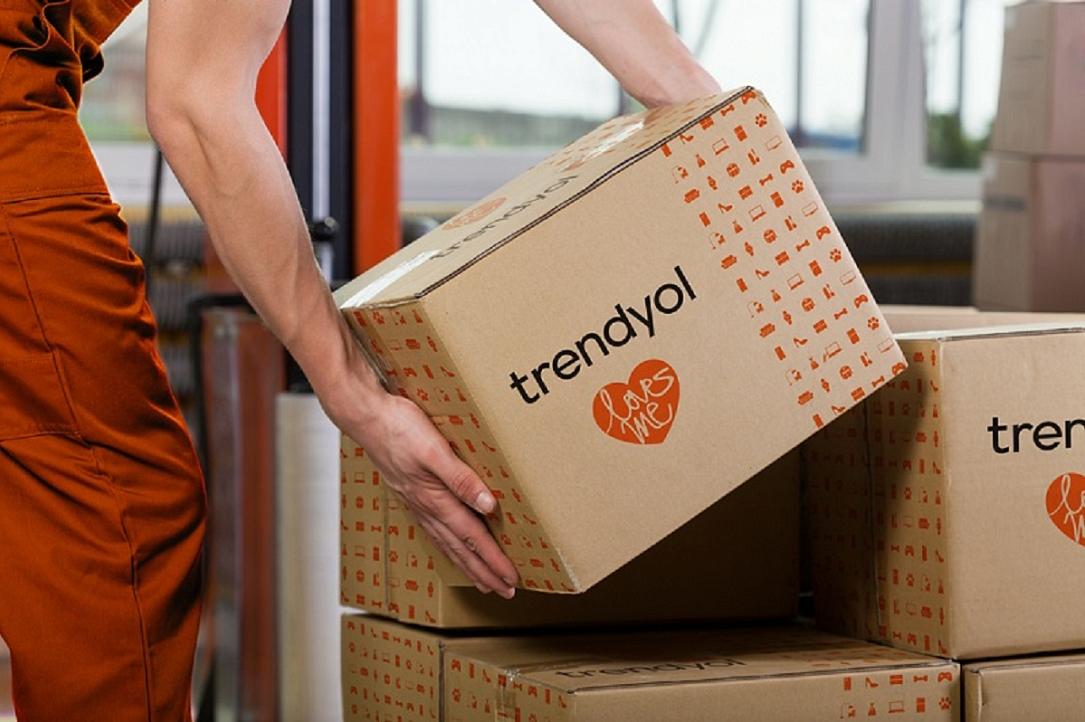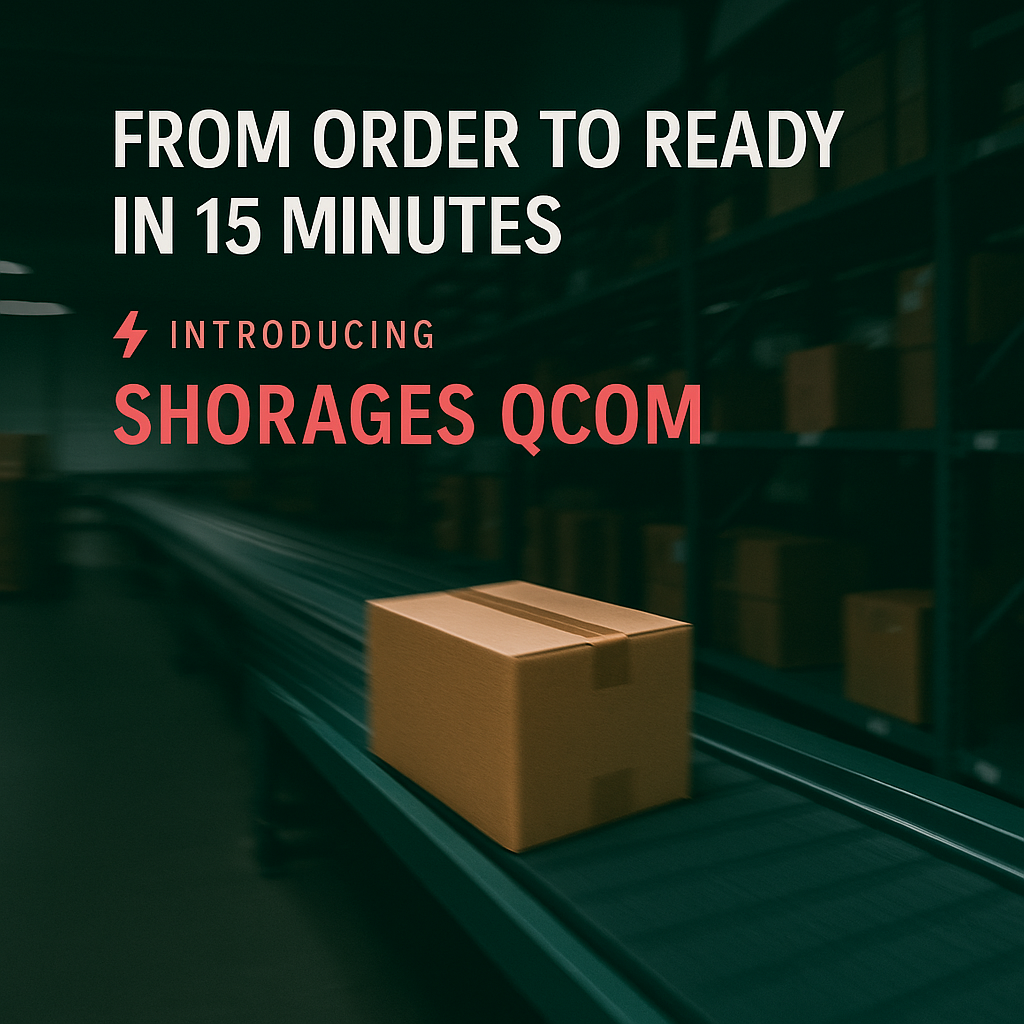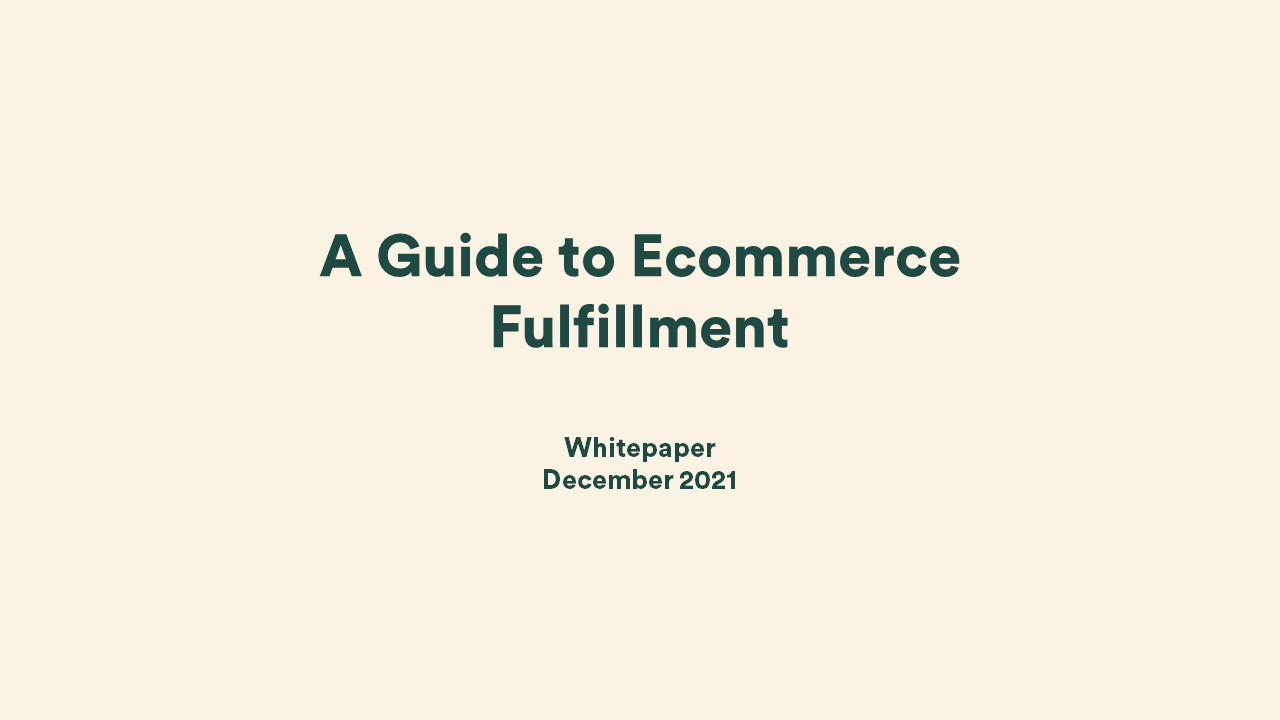Published on Oct 30, 2022
The case for localized e-commerce fulfilment

While shipping and fulfillment are a brutal battleground for retailers, consumer expectations on faster delivery times and lower costs have skyrocketed over the last few years. Though these shifts were fundamental, the growth of shopping platforms, marketplaces, and next-day delivery have made these permanent. Additionally, online shopping has exploded due to the COVID-19 pandemic. As a result, businesses are scrambling to achieve faster modes of delivery and more efficient ways of fulfillment.
Furthermore, as the global supply chain was challenged due to international restrictions, retailers pushed for decentralized operations. To be successful in the competitive e-commerce space, many brands opted for localized distribution centers. Retailers, manufacturers, and fulfillment partners are not shying away to tear down the old models and shift to new methods. This is where the localized e-commerce fulfilment centre comes into play. In this paper, we will present how a regional fulfilment centre helps you attain a seamless supply chain.
What is an e-commerce fulfilment centre?
A fulfilment centre processes incoming orders as received from affiliated locations or stores and prepares them for the last leg of the delivery to the end customer. A fulfillment warehouse stores your inventory in a single place, then picks, packs, and ships the product on your behalf. If you are an e-commerce business owner, order fulfillment is one of the most crucial parts of your supply chain. It is the first touchpoint of your business, after the actual sale. Thus, the effectiveness of fulfilling orders can make or break your brand image. Every e-commerce player acknowledges the importance of fulfilment centres. In fact, the global e-commerce fulfillment services market predicts a CAGR of 10% from 2021 to 2028, to reach USD 168.72 billion in market size.
Fulfilment centres cater to a wide variety of warehousing and delivery needs. Due to the nature of expertise required to run a specialized fulfilment centre, many businesses outsource it to a third-party logistics (3PL) company. With the growth of e-commerce, 3PL has become ubiquitous, offering a range of services, including inventory management, warehousing, and fulfillment. Every 3PL is unique in terms of its pricing methodology, but few generic pricing categories are:
● Receiving
● Storing
● Picking and Packing
● Kitting
● Local and International Shipping
Global Fulfilment centres
At first, brands leverage a single fulfillment location to serve as a global fulfilment centre for all their orders. Although the worldwide nature of e-commerce has allowed the consumer to order products from all over the globe, international fulfillment services present entirely new challenges. Every country has specific regulations, tariffs, taxes, and requirements for incoming or outgoing shipments, making it overwhelming to navigate the international landscape. Besides, when you ship from an international fulfilment centre, it can take a long time to reach your end customers, depending on where your fulfilment centre is located. A longer time in transit means your customers can switch to your competitors offering faster shipping. Additionally, international shipping leads to a high shipping cost, one of the top reasons for shopping cart abandonment.
Regional Fulfilment centres
On the other hand are Regional Fulfilment centres. The regional fulfilment centre comes from the broader concept of distributed inventory in the supply chain. When you have a distributed inventory, you are splitting the goods across different fulfilment centres. These localized centers are strategically chosen to keep the inventories closer to your consumers. Thus, you are leveraging the optimal location that holds your products’ delivery cost and shipping time to the minimum. Although, the general perception is that more warehouses or distribution centers mean more complexities in your operations. Instead, the reality is, using a local fulfilment centre offers many advantages.
Businesses with a network of fulfilment centres help you strategically expand into new distribution locations much closer to where your customers are located. This approach reduces shipping time and costs and helps mitigate the risks of having one single international fulfilment centre. Unexpected accidents or geopolitical disruptions can prevent timely pick up from the facility, impacting your overall supply chain across the globe.
Benefits of localized e-commerce fulfillment
1. Lower shipping costs
The golden rule of an efficient supply chain is “ The closer your product is stored to the end consumers; the cheaper will be the shipping cost.” However, with all practical limitations, a business can’t own tons and thousands of distribution centers or warehouses in every country. Hence, there has to be a proper balance between the two via regional fulfilment centres. These localized centers store inventory closer to your buyers, helping reduce the shipping costs because orders will travel a shorter distance. It is always less expensive to ship an order from within the UAE than from Eastern Europe, 3,000 miles away. Yes, we’ll lose the advantage of economies of scale for warehousing and freight. But, the cost-benefit from the reduced shipping cost (local vs. global) will overturn the loss from economies of scale.
In our example below, Scenario 1 depicts a Company that has an HQ fulfilment centre in Europe. This company ships out 10,000 orders a month globally, 1,000 of them to the GCC. In scenario 2, the company has an HQ fulfilment centre in Europe and a third-party FC in the GCC. It ships out 9,000 orders globally out of Europe and 1,000 orders a month locally to the GCC. Our study considers e-commerce warehousing costs, transportation costs to fulfilment centres, and delivery costs for the SKUs you offer. While scenario 1 considers shipping cost for FCL (Full Container Load), scenario 2 considers LCL (Less Container Loads).

Our study shows that your business stands a chance to save 48% more when fulfilled via local centers than global centers. Additionally, faster shipment boosts overall supply-chain efficiency by 20%. Besides the shown cost savings, your business will benefit from potential higher revenue due to faster shipping options. Here is a detailed illustration.
Scenario 1: International Fulfillment

Scenario 2: Localized Fulfillment

2. Faster shipping
Modern consumers expect a same-to-next-day delivery turnaround for their orders. With McKinsey predicting this trend back in 2014, smaller retailers struggle even today to keep up with their operations. A recent survey in the US shows that nearly half of the respondents are willing to wait for a maximum of 48 hours to deliver their goods. From the business perspective, this drastic change in expectations brings new challenges to the forefront. While a report suggests that most retailers fall short of this expectation, only 50% offer same-day shipping. Consequently, it has given rise to innovative shipping options. Like, multiple warehousing and fulfillment locations let you shorten the last-mile delivery times.
For example, if you use fulfilment centres in hubs in Dubai or KSA, you can reach a large population in different areas of the region. It becomes easy to get the package delivered the same day as the inventory is closer to the consumers. However, if you rely on global fulfilment centres like Eastern Europe, imagine how long it will take a package to deliver to your customers in the GCC.
Your business can benefit by offering a quick turnaround time—without using expedited shipping and costing an arm and leg. Eventually, you will notice a surge in sales with greater market penetration.
3. Improved Customer Experience
Modern retailers are acknowledging the role of post-purchase services in customer satisfaction and future purchase decisions. Here, a post-purchase service may have a broad spectrum of activities—including real-time tracking status, flexible options to return shipping, cash on delivery, and multiple ways to order repairs. And, to offer such smooth, customer-focused services, localized e-commerce fulfillment play a vital role.
Firstly, the turnaround time to replace or recall a locally shipped order is drastically lower than when the order is fulfilled internationally. Further, a tracking app will show that your product is only a few miles away and ready for dispatch, rather than currently being processed somewhere across the globe. Imagine the elevated level of customer satisfaction in their post-purchase journey when on average, around 58% of shoppers are unsatisfied with the ease of returns. Besides, a regional fulfilment centre brings all the agility to your operations. A whopping 30% of products ordered online are usually returned, and a regional fulfillment warehouse can potentially save 30% of your shipping cost for such returns.
Secondly, Green consumerism has been a talking point, both among buyers and sellers. Consumers are likely to choose options that are either CO2 neutral or have a lower carbon footprint. A survey suggests that around 62% of consumers want businesses to take a stand on sustainability. Hence, a local fulfillment warehouse creates a sustainable value proposition as well.
And, lastly, the high prevalence of Cash-On-Delivery in GCC countries makes the case of local fulfillment even stronger. 3PL vendors can take care of your revenue collection as part of your local fulfillment operations, thus helping you focus on big-ticket items.
4. Mitigate Risks
Distributed fulfillment helps you during times of uncertainties, natural catastrophes, or emergencies. Closed international boundaries (due to COVID-19), hurricanes, snowstorms, floods, earthquakes, or even political crises are few reasons that can impact your orders and cause delays. Decentralizing your fulfillment across geographic areas will always keep you one step ahead.
Conclusion
E-Commerce is a thriving industry, and a single fulfilment centre restricts the scalability to a certain point. In this era of cut-throat competition, players are looking for innovative ways to cut costs and improve efficiency. Driving improvements in operations and reduction in expenses have become more and more critical. Further, customers are getting accustomed to improved service levels at a lower price—fast & free. Thus, partnering with a regional distribution and fulfillment service provider becomes a strategic choice. And, this becomes even more imperative if your strategy is to expand your footprint into global markets. An experienced outsourced order fulfillment provider can help you determine the optimal fulfilment centre locations based on your customer base. If you want to dive deep, talk to our experts for a free and no-obligation discovery call.
Reach out to us and schedule a call with one of our specialists on www.shorages.com to find out more about how Shorages can help you launch and scale your brand in the GCC.



